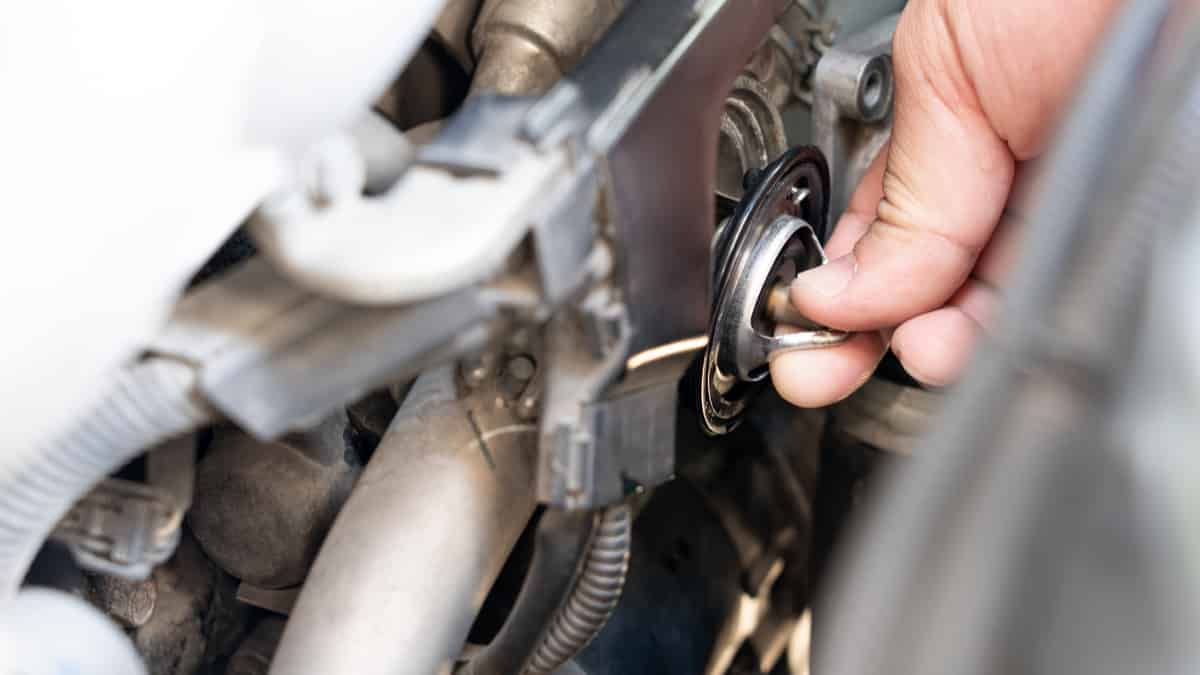A faulty thermostat in a vehicle can cause issues with the engine’s cooling system, leading to potential overheating or inefficient operation. Here are some signs that may indicate a faulty thermostat:
- Engine Overheating: One of the most common signs of a faulty thermostat is engine overheating. If the thermostat gets stuck in the closed position, it prevents coolant from flowing through the engine, causing the temperature to rise rapidly. If you notice the temperature gauge reaching the red zone or steam coming from the engine, it could indicate a faulty thermostat.
- Temperature Fluctuations: A malfunctioning thermostat may cause temperature fluctuations in the engine. The temperature gauge may show rapid or irregular changes in temperature, moving between hot and cold unexpectedly. This inconsistency indicates that the thermostat is not regulating the coolant flow properly.
- Cold Engine or Slow Warm-Up: A thermostat that is stuck open or partially open can prevent the engine from reaching its optimal operating temperature. If you notice that the engine takes an unusually long time to warm up or never reaches the desired temperature, it may be due to a faulty thermostat.
- Heater Problems: The thermostat plays a role in regulating the flow of coolant to the heater core, which is responsible for providing warm air to the cabin. If the thermostat is not functioning correctly, it can impact the heater’s performance. You may experience weak or inconsistent heat output from the vents or no heat at all.
- Coolant Leaks: In some cases, a faulty thermostat can cause coolant leaks. If the thermostat housing or gasket becomes damaged or worn, coolant may seep out and result in visible leaks under the vehicle. Check for any signs of coolant puddles or drips near the engine or radiator.
- Check Engine Light: A malfunctioning thermostat can trigger the vehicle’s onboard diagnostic system, causing the check engine light to illuminate. The engine control unit (ECU) may detect irregular coolant temperature readings or other related issues and generate a diagnostic trouble code (DTC) that can be retrieved with an OBD-II scanner.
If you notice any of these signs, it’s important to have the thermostat inspected and replaced if necessary. A professional mechanic can diagnose the issue by testing the thermostat’s functionality and determine if it needs to be replaced or if there are other underlying cooling system problems. Prompt attention to a faulty thermostat can prevent engine damage and ensure proper engine cooling and performance.
SHARE
